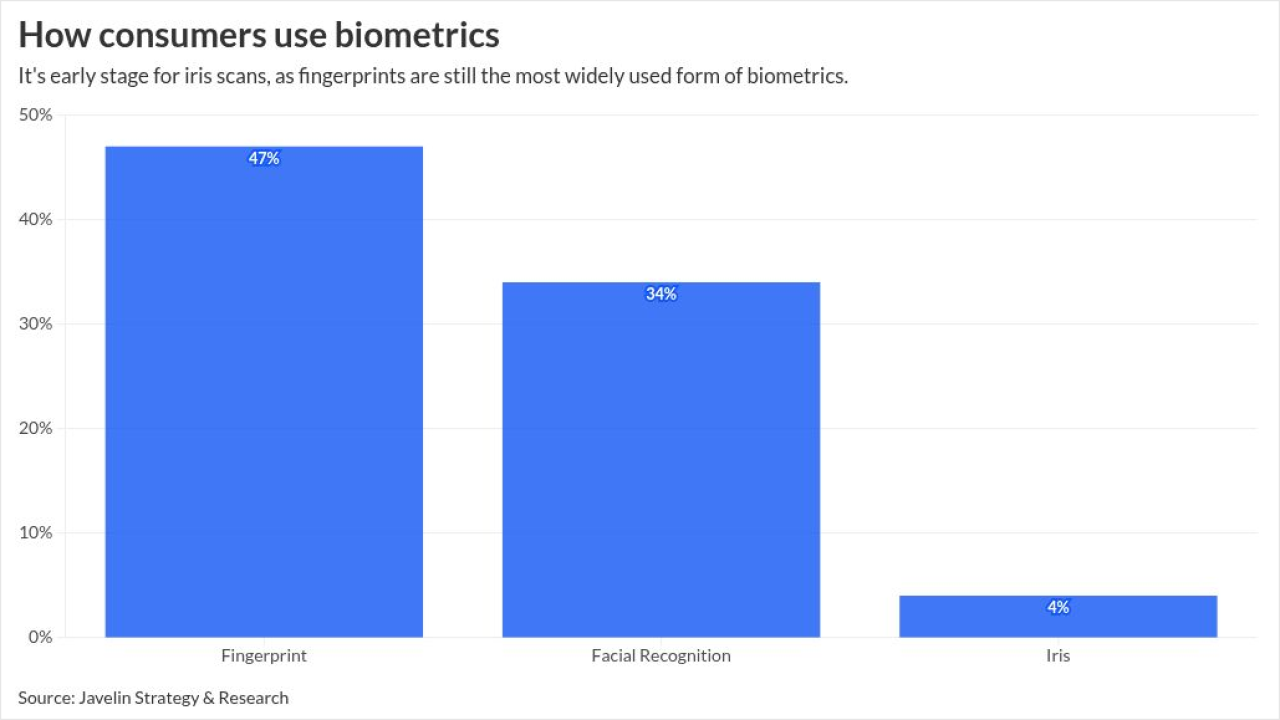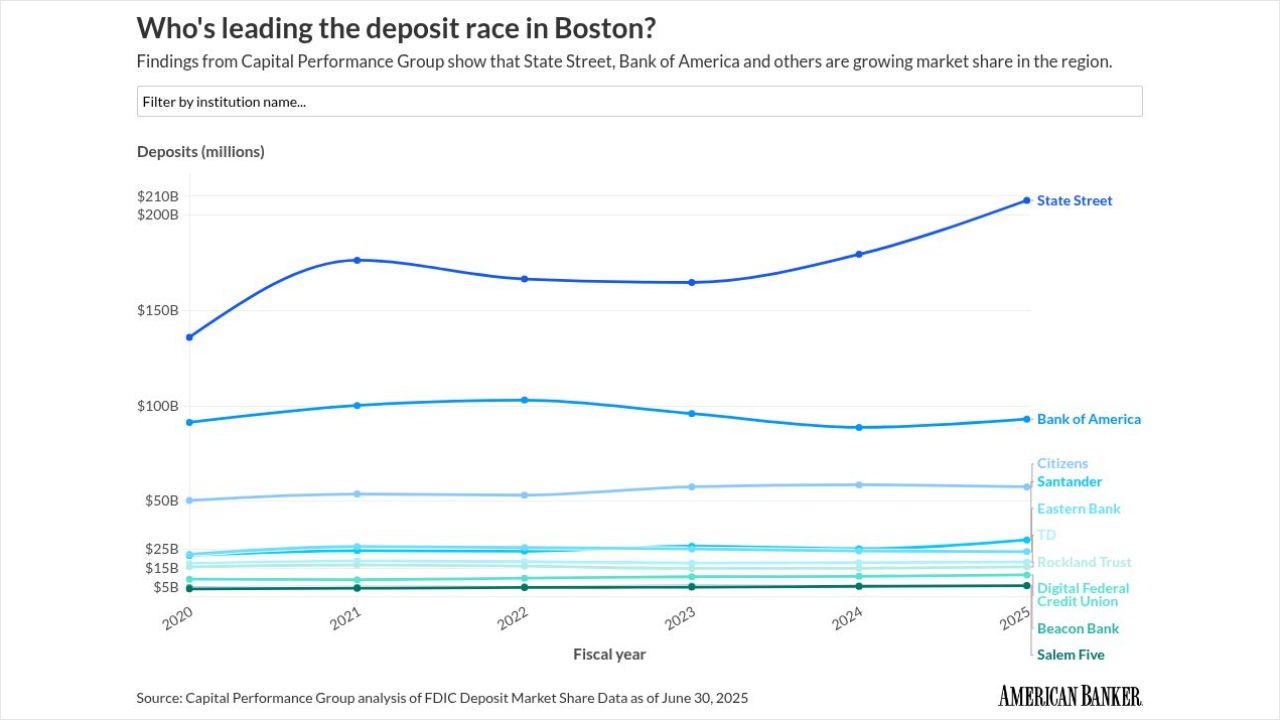The National Credit Union Administration aims to put a new spin on examinations with a pilot program set to kick off next year.
Beginning in 2019, NCUA examiners will work alongside credit union regulators from six different states to launch a pilot program alternating between federal and state-level examiners. This is NCUA's latest push to ease the exam structure for credit unions, following the completion earlier this year of a

Regulators in California, Florida, New Hampshire, Oklahoma, South Carolina and Texas have signed on for the partnership.
The pilot program will be geared toward a select group of federally insured, state-chartered credit unions and will alternate between three different exam methods: alternating lead, alternating with limited participating and alternating.
The three methods will be structured as follows:
- For the alternating lead approach, NCUA will work with state regulators to conduct joint examinations of federally insured, state-chartered CUs. Together, the group will alternate which agency serves as the lead per cycle.
- Alternating with limited participating exams will involve NCUA and state regulators, alternating who conducts each exam, though the other agency will still be involved somewhat.
- Alternating exams will see NCUA and state regulators independently alternating who conducts each scheduled examination.

According to Lucy Ito, president and CEO of the National Association of State Credit Union Supervisors, the current exam environment contains “a lot of unnecessary duplication and redundancy,” and the definition of success for a joint exam pilot will be based on how much time and money the new structure saves credit unions.
NASCUS also will be watching how NCUA performs the exams, with an eye toward ensuring the federal regulator remains compliant with state laws and regulations.
The pilot program will run for one full alternating cycle, which will be broken down into two 18-month periods. Before the pilot program can get started, however, NCUA and state regulators still have to agree on a few specifics, said Ito, including identifying the CUs for the test process.
Only federally insured state-chartered credit unions will be eligible to participate. Additional criteria include CAMEL ratings, asset size, workload and timing of exam cycles, according to NCUA. Additional information on each state’s individual program will be announced later.
According to Ito, this is another area where credit unions need greater parity with their bank counterparts – particularly given that the FDIC and state regulators have been alternating exams like this for some time.
“In the banking sector, we know that it can work,” said Ito. “It’s great that NCUA [and] state examiners [want] to say ‘Alright, let’s try this. Let’s put this to the test and reduce the examiner footprint in credit unions.’”





